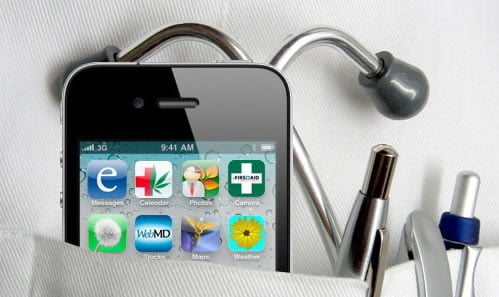The Benefits of E-Details
There is no doubt that face-to-face promotion and presentation has been the major sales method of most medical device and pharmaceutical reps for decades. But the chance to sit down for a leisurely chat with the average over worked GP is fast diminishing. It is an expensive and time-consuming way of getting things done and of getting the message across. Pharma and healthcare companies are clamouring for more and more people ‘in the field’ as it has been proven that the face-to-face sales approach is inevitably the best. But with doctors often feeling “ambushed” by sales reps, is there a better way of making personal contact with physicians and getting information over in a way that does not have them looking at their watches every few minutes?
The Internet offers an option in its global dissemination of information, but if a rep is not sitting eyeball to eyeball with the medical professional, can they be sure they have understood or appreciated the benefit of the information being given, or will they simply move on if they have a question that does not appear in the FAQ list?
Enter the era of presenting information using tablets like the iPad and Samsung Galaxy. A survey carried out in 2011 found that 70 per cent of the doctors polled, either already used or planned to use an iPad in their working life in some capacity. So, if a medical rep turns up to do his presentation with an iPad along with a truly interactive e-detail aid the possibility of engaging the medical professional will be increased.
Initially it might be a good idea to hold a brainstorm meeting and ask sales reps to list what they see as the benefits of using tablets. Get feedback from friendly KOLs too and then plan the content, along with a list of all the functional requirements that will be needed.
As you plan your presentation, design your e-detail aid to work and render properly on the various platforms, i.e. iPad, Android etc. This will mean using an intuitive interface. Focus on making any tablet based presentation work fast and elegantly. Don’t try to cut corners with this, you need to make a good first impression, to engage interest from the word go and if there has been any compromise on your design or material it will be obvious.
It is definitely not a good idea to introduce strata of intricacy by cluttering up the presentation with features that are not going to be important to the users. Trying to cram too much in is likely to be the biggest mistake, under the misapprehension that: “The more features your presentation has, the better it will look.” This doesn’t work. The simplest detail you can manage will invariably be the most successful in terms of your viewer remembering the message and prescribing his or her intent.
The benefit of developing an e-detail specifically for a tablet is that this device has been built specifically for you to interact and engage with any content. For example, one idea that makes a good visual impact is showing how a medical device might work. You can present product catalogues, or perhaps provide a dosage calculator to enable interaction with the medical professional. You could think of including videos or perhaps 3D images. Try to devise engaging ways to present clinical data and always try to include mode of action demos, and even, for the more fun-loving professional – educational games!
There is no doubt that arriving with a sleek iPad will make your presence feel less intrusive than struggling in with abulging briefcase full of large product catalogues and other sales aids. As technology races on at pace, it makes sense for pharma and medical device companies to take advantage of the benefits tablets and e-details offer.

 In May of this year
In May of this year